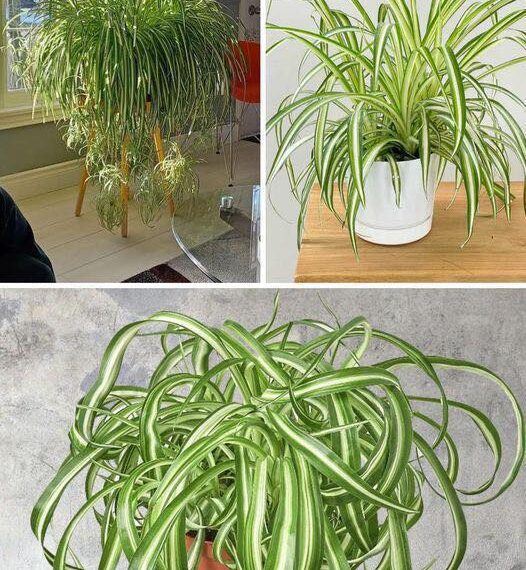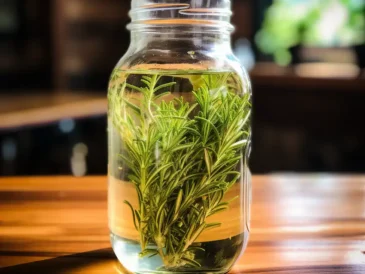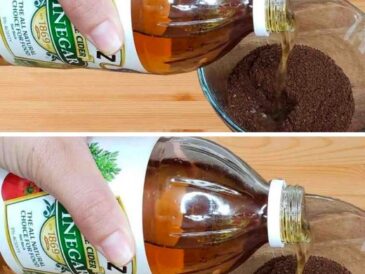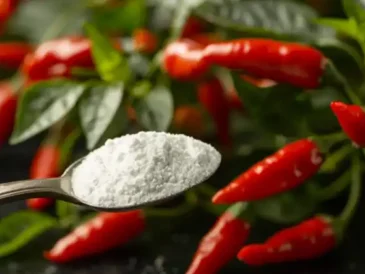The spider plant, with its cascading green foliage and delicate “spiderettes,” is a beloved houseplant known for its easygoing nature. But did you know you can unlock its full potential and cultivate a lush, overflowing spectacle? Here’s a comprehensive guide to transform your spider plant from leggy to luxurious:
Light: The Gentle Sunbath
Spider plants are like Goldilocks when it comes to light – not too much, not too little. They crave bright, indirect sunlight. Harsh direct sun can scorch the leaves, turning them brown and crispy. The ideal spot is near a window with a sheer curtain that diffuses the sunlight. Alternatively, you can place your plant a few feet back from a south-facing window or directly in front of a north-facing window.
Potting: Choosing the Right Container
The pot size plays a crucial role in how bushy your spider plant becomes. Contrary to popular belief, a bigger pot isn’t always better. A pot that’s only slightly larger than the root ball encourages the plant to focus its energy on foliage growth rather than root expansion. Here’s a rule of thumb: if the roots haven’t filled out the current pot yet, hold off on repotting. Repotting every 1-2 years or when the roots become pot-bound (visible circling around the drainage holes) is generally sufficient. Opt for pots with drainage holes to prevent waterlogging.
Pruning and Propagation: A Strategic Snip
Pruning isn’t just about maintaining a tidy appearance, it’s a strategic tool for fostering bushier growth. Regularly remove brown, yellow, or crispy leaves at the base of the plant. This not only improves aesthetics but also redirects the plant’s energy towards new, healthy growth.
But the real magic lies in propagation. Spider plants are prolific producers of “spiderettes” – tiny plantlets suspended on long runners. These are your golden ticket to a bushier plant. Here’s how to use them:
- Detach the Spiderettes: Once a spiderette has developed a few leaves and roots (around 2-3 inches long), gently detach it from the mother plant using sharp, sterilized shears.
- Planting Options: You have two options. Plant each spiderette in a separate pot for individual plants, or group several spiderettes together in a larger pot for an instant bushier effect. This grouping technique is a great way to create a fuller, more dramatic look.
Watering and Feeding: A Balanced Approach
Watering is crucial, but overwatering is the enemy of a healthy spider plant. Aim to water when the top inch of soil feels dry to the touch. Soggy soil can lead to root rot, so ensure the pot has drainage holes and empty any water that accumulates in the drainage tray.
During spring and summer, provide your plant with a boost by feeding it a balanced liquid fertilizer diluted to half strength every 2-4 weeks. This provides essential nutrients for healthy foliage growth, contributing to a bushier appearance.
CO NTINUE READING IN PAGE 2



